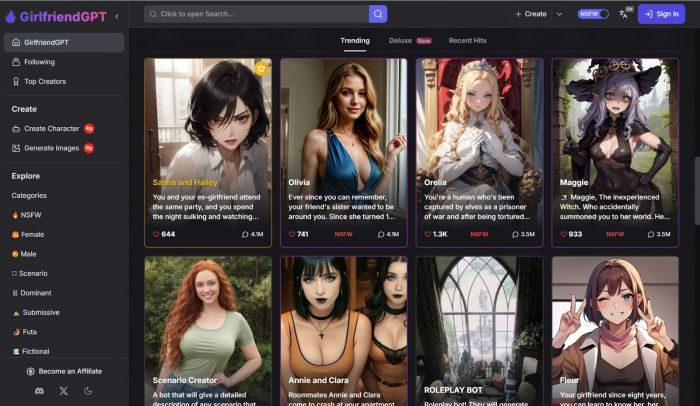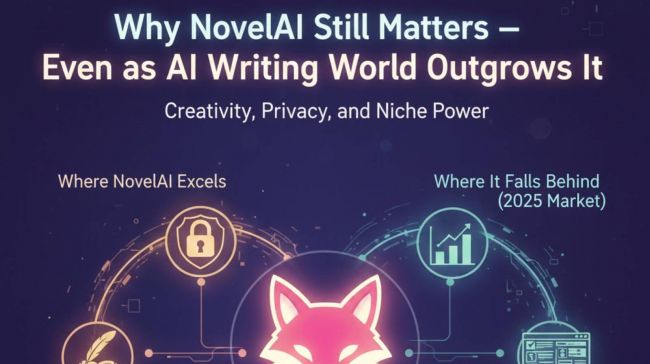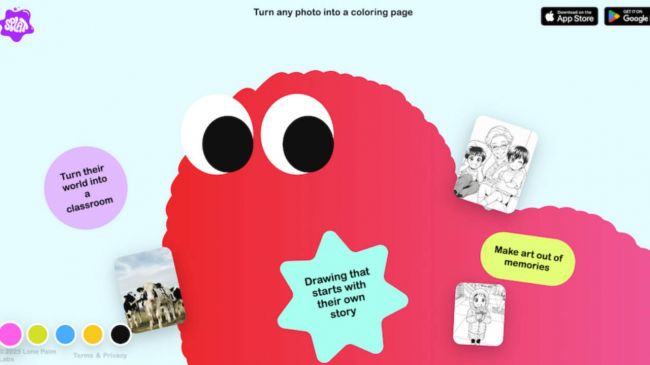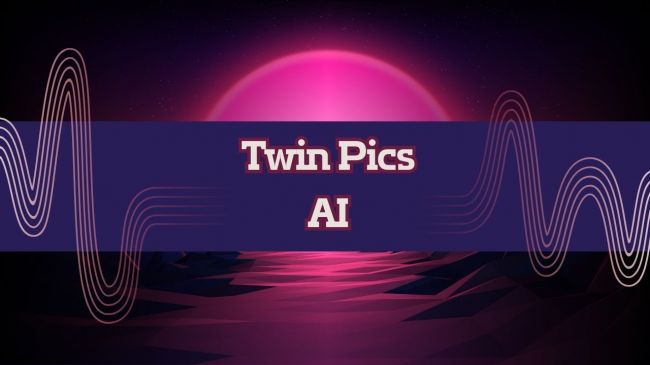On This Page
- Companionship on Demand: What Makes This AI Different?
- The Rise of Emotion-Driven Tech
- Behind the Curtain: Why It Feels Personal (But Isn’t)
- Digital Partners vs. Real-World Relationships
- The Hidden Costs of AI Intimacy
- The Emotional Feedback Loop
- Imitation or Evolution? The Future of AI Relationships
- Takeaways for Curious Users
- Final Word: Technology Imitates Emotion—But Can It Replace It?
- Quick FAQ
In a world where digital communication dominates daily life, emotional connections are evolving in unexpected ways. One of the most curious developments? An AI chatbot called GirlfriendGPT—a virtual companion built to act like a romantic partner.

It’s not just a chatbot. It’s a sign of what’s coming next in how people interact, flirt, and feel in the digital age.
Companionship on Demand: What Makes This AI Different?
Unlike most AI tools that offer search or support, GirlfriendGPT is built for emotional interaction. It doesn’t just answer—it listens, responds, and engages with the tone of a caring partner.
It’s built on advanced language models, but what really sets it apart is its ability to:
- Adapt to how users speak
- Respond with emotional sensitivity
- Simulate attention and intimacy
For many users, it becomes more than a novelty. It becomes a daily presence.
The Rise of Emotion-Driven Tech
The demand for AI that simulates relationships has skyrocketed. What used to be science fiction—machines offering comfort—is now a growing niche in real life.
Here’s what’s fueling this trend:
- Online dating fatigue
- Increased social isolation
- Curiosity about AI behavior
- Desire for control and safety in interactions
Platforms offering GirlfriendGPT-type tools are responding by developing more emotionally intelligent, customizable, and even sensual digital personas.
Behind the Curtain: Why It Feels Personal (But Isn’t)
When chatting with GirlfriendGPT, users often report a feeling of being “seen” or emotionally understood. But it’s not empathy—it’s architecture.
The chatbot’s responses are based on:
- Prediction patterns from massive text data
- Simulated memory and context tracking
- Pre-trained emotional response behaviors
It mirrors what users say, often improving the illusion that it “cares.” In reality, it’s just powerful code replicating relationship behavior patterns.
Digital Partners vs. Real-World Relationships
While the technology is advanced, the experience of using GirlfriendGPT brings up deeper questions. Can simulated love replace human connection? Should it?
Here’s how digital affection differs from the real thing:
| Experience | AI Companion | Human Partner |
| Availability | Always online | Limited by real life |
| Emotional Safety | Predictable replies | Emotional risk |
| Complexity | Controlled scenarios | Unpredictable outcomes |
| Growth | Scripted memory | Dynamic & real |
It’s not better or worse—but it’s undeniably different.
The Hidden Costs of AI Intimacy
There’s another side to this trend. Emotional technology isn’t just affecting users' hearts—it may be putting their privacy at risk.
Key concerns include:
- Lack of transparency about data use
- No clarity on chat storage or deletion
- AI learning from intimate content
Many platforms offering GirlfriendGPT experiences don’t clearly disclose how emotional or explicit conversations are processed, and concerns about privacy prevail. That creates a gray area where comfort meets surveillance.
The Emotional Feedback Loop
GirlfriendGPT doesn’t just respond—it shapes behavior. Users report developing routines around AI chats, preferring its consistency over human interaction.
This creates a feedback loop:
- AI gives comfort
- User returns for more
- Emotional reliance builds
- Real-world connection feels less appealing
Psychologists are beginning to explore how repeated interactions with emotionally responsive AI might impact long-term emotional development, especially in younger users.
Imitation or Evolution? The Future of AI Relationships
This wave of emotionally intelligent AI is still in its early stages. But the growth is clear.
Future versions may include:
- Voice simulation with tone modulation
- VR or AR girlfriend interfaces
- Long-term relationship memory
- Integration with real-life scheduling or reminders
AI companions are becoming less like tools and more like characters in people’s lives. Whether they’re helpful, harmful, or just inevitable remains an open debate.
Takeaways for Curious Users
For those exploring tools like GirlfriendGPT, a few points to consider:
- Set boundaries — Emotional comfort doesn’t mean emotional safety
- Don’t overshare — Personal details can be used to train models
- Know the limits — AI can’t replace genuine connection
- Watch usage time — Too much reliance can affect real relationships
This technology is powerful—but it’s also just that: technology.
Final Word: Technology Imitates Emotion—But Can It Replace It?
Tools like GirlfriendGPT show just how far AI has come—and how much farther it could go. They meet real needs, offer comfort, and bring something new to the digital space.
But no matter how advanced it becomes, one truth remains: AI can simulate love, but it doesn’t feel it. Whether that’s enough depends entirely on the person on the other end of the screen.
Quick FAQ
Can GirlfriendGPT speak or use voice replies?
Some versions include voice features, but most are text-based.
Is GirlfriendGPT available as a mobile app?
Currently, it runs in browsers; few platforms offer standalone apps.
Does GirlfriendGPT support LGBTQ+ relationship types?
Yes, many tools allow gender and role customization.
Can the AI get jealous or emotional?
It can simulate emotions like jealousy, but it’s just pre-programmed behavior.
Does GirlfriendGPT work offline?
No, it requires an internet connection to function.
Can users create their own AI girlfriend from scratch?
Yes, some platforms let users fully customize personalities and responses.
Are there age restrictions for using GirlfriendGPT?
Yes, NSFW versions are typically restricted to users 18+.
Post Comment
Be the first to post comment!





